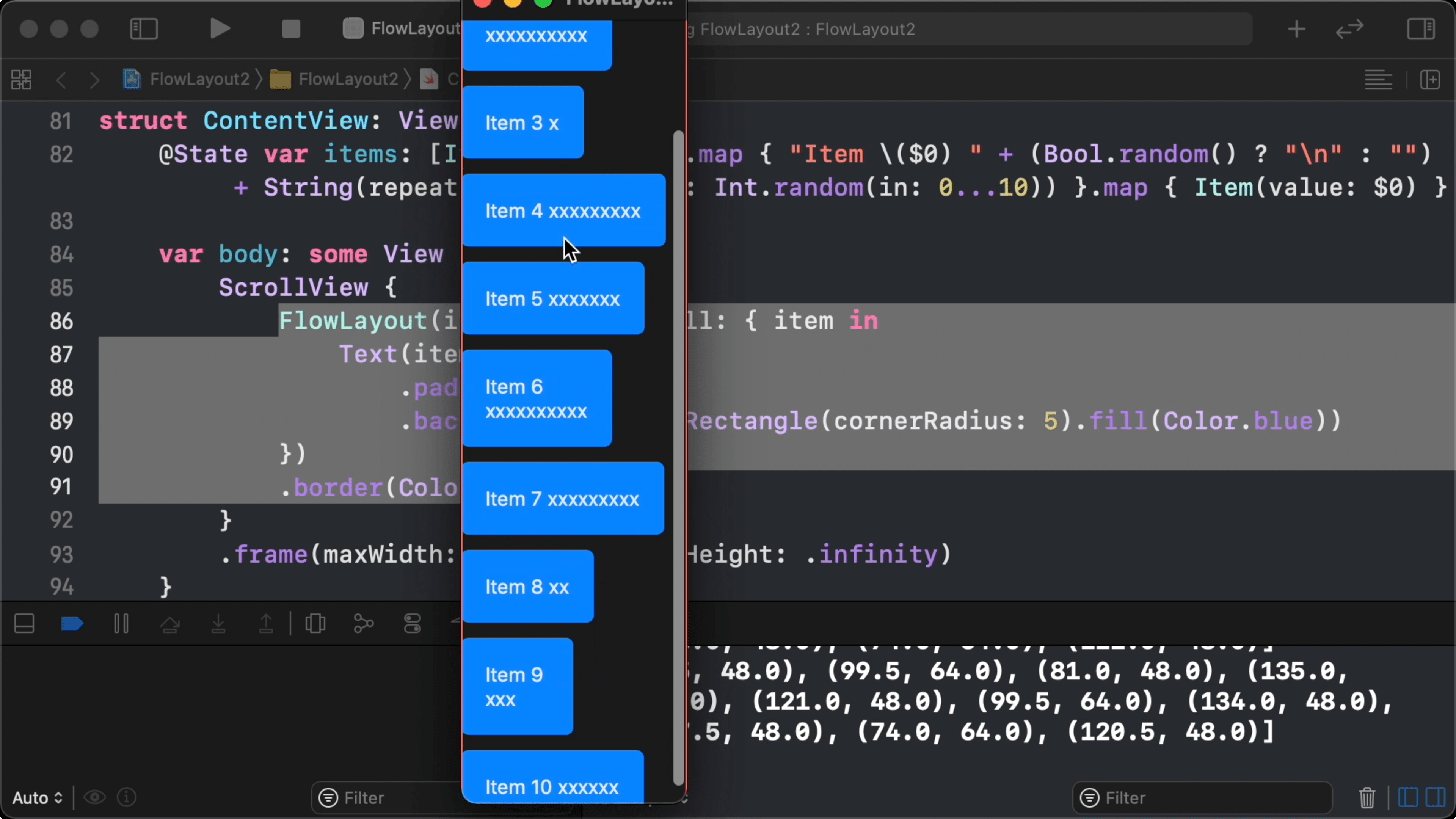

Returns the layout's geometry() rectangle, but taking into account the contents margins. Note: Getter function for property contentsMargins. On most platforms, the margin is 11 pixels in all directions. Returns the margins used around the layout.īy default, QLayout uses the values provided by the style. QMargins QLayout:: contentsMargins() const Returns a size that satisfies all size constraints on widget, including heightForWidth() and that is as close as possible to size. QSize QLayout:: closestAcceptableSize(const QWidget * widget, const QSize & size) Reimplements: QObject::childEvent(QChildEvent *event). void QLayout:: childEvent( QChildEvent * e) The result is derived from sizeHint() and expanding(). Returns the rectangle that should be covered when the geometry of this layout is set to r, provided that this layout supports setAlignment(). QRect QLayout:: alignmentRect(const QRect & r) const void QLayout:: addWidget( QWidget * w)Īdds widget w to this layout in a manner specific to the layout.

See also addWidget(), QBoxLayout::addLayout(), and QGridLayout::addLayout(). Note: The ownership of item is transferred to the layout, and it's the layout's responsibility to delete it. To add a widget to a layout, use the addWidget() function to add a child layout, use the addLayout() function provided by the relevant QLayout subclass. This function is not usually called in application code. How it is added is specific to each subclass. Implemented in subclasses to add an item. void QLayout:: addItem( QLayoutItem * item) This function must therefore be called before adding w to the layout's data structure. If w is already managed by a layout, this function will give a warning and remove w from that layout. This function is called from addWidget() functions in subclasses to add w as a managed widget of a layout. void QLayout:: addChildWidget( QWidget * w) See also QBoxLayout::addLayout(), QBoxLayout::insertLayout(), and QGridLayout::addLayout(). The only scenario in which you need to call it directly is if you implement a custom layout that supports nested layouts. This function is called from addLayout() or insertLayout() functions in subclasses to add layout l as a sub-layout. void QLayout:: addChildLayout( QLayout * l) See also update() and QWidget::updateGeometry(). It returns true if the layout was redone. You should generally not need to call this because it is automatically called at the most appropriate times. Redoes the layout for parentWidget() if necessary. If parent is nullptr, then you must insert this layout into another layout, or set it as a widget's layout using QWidget::setLayout(). There can be only one top-level layout for a widget. The layout is set directly as the top-level layout for parent. Member Function Documentation QLayout:: QLayout( QWidget * parent = nullptr)Ĭonstructs a new top-level QLayout, with parent parent. SetSizeConstraint(QLayout::SizeConstraint) SetContentsMargins(const QMargins & margins) SetContentsMargins(int left, int top, int right, int bottom)

SetAlignment(QLayout * l, Qt::Alignment alignment) SetAlignment(QWidget * w, Qt::Alignment alignment) ReplaceWidget(QWidget * from, QWidget * to, Qt::FindChildOptions options = Qt::FindChildrenRecursively) IndexOf(const QLayoutItem * layoutItem) const GetContentsMargins(int * left, int * top, int * right, int * bottom) const


 0 kommentar(er)
0 kommentar(er)
